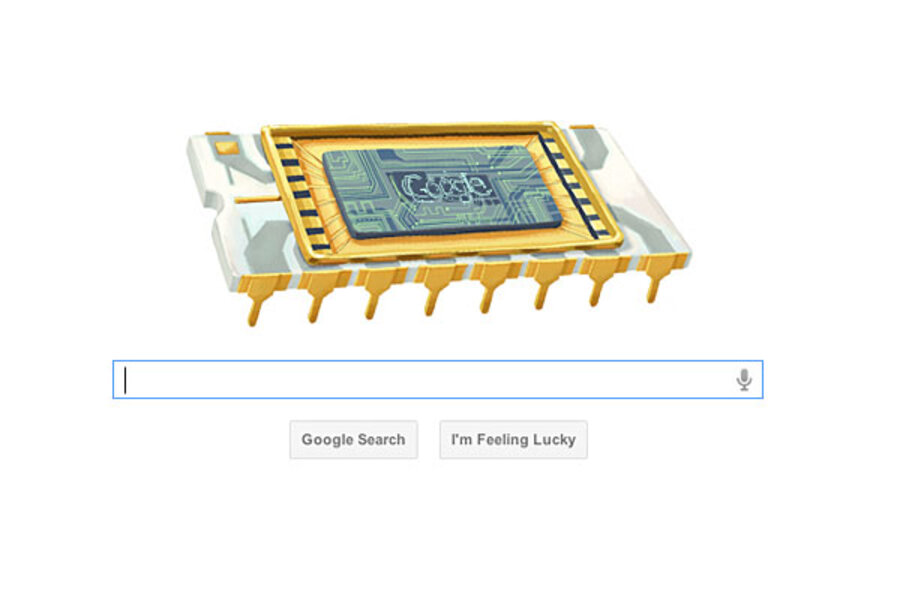Why Robert Noyce should have won two Nobel Prizes, but didn't
Loading...
Today – on what would have been Robert Noyce’s 84th birthday – many people are scratching their heads and wondering why the co-inventor of the microchip, co-founder of Fairchild Semiconductors, and owner of more than a dozen patents, never won a Nobel Prize.
The answer might be that he was not aggressive enough in the “I’ll keep this all to myself” department. He also may not have exercised his “peacock” gene – in the sense of displaying himself colorfully enough to get fully noticed.
For example, in 1973, Japanese physicist Leo Esaki was one of three recipients of the Nobel prize in physics. The citation was for Mr. Esaki’s “pathbreaking work on the tunnel diode, a device that provided the first physical evidence that tunneling, a foundational postulate of quantum mechanics, was more than an intriguing theoretical concept,” writes Leslie Berlin in his 2005 book, “The Man Behind the Microchip.”
Leslie continues:
“Noyce had written a complete description of the tunnel diode nearly a year and a half before Esaki published his work in 1958. The two men's research was thus happening almost simultaneously on opposite sides of the Pacific. Noyce had not published his ideas, however, because his boss, the Nobel laureate William Shockley, discouraged him from pursuing them.”
An article in the online “History of Computers and Computing” carries a postscript that suggests that Noyce later felt he perhaps should have done things differently.
“Noyce was irritated, primarily with himself, for not pursuing his ideas even after Shockley dismissed them. 'If I had gone one step further,' he told a friend, 'I would have done it,' ” the article says.
Twenty-seven years later, Noyce might have had another shot at a Nobel Prize.
In 2000, the Nobel committee awarded a prize to Noyce’s integrated-circuit co-inventor, Jack Kilby. In fact, Noyce actually substantially improved the integrated circuit developed by Mr. Kilby in ways that would make it wider known and used, say Berlin and H. Casey Jr. in a 2005 article for the Institute of Electrical and Electronics Engineers’ Inside Technology Spectrum. The continue:
“Noyce's circuit solved several practical problems that Kilby's circuit had, mainly the problem of interconnecting all the components on the chip. This was done by adding the metal as a final layer and then removing some of it so that the wires needed to connect the components were formed. This made the integrated circuit more suitable for mass production.”
Noyce’s “integrated circuit nestles at the heart of essentially every piece of modern electronics,” they add.
But Noyce died in 1990, and Nobel prizes are not awarded posthumously.





